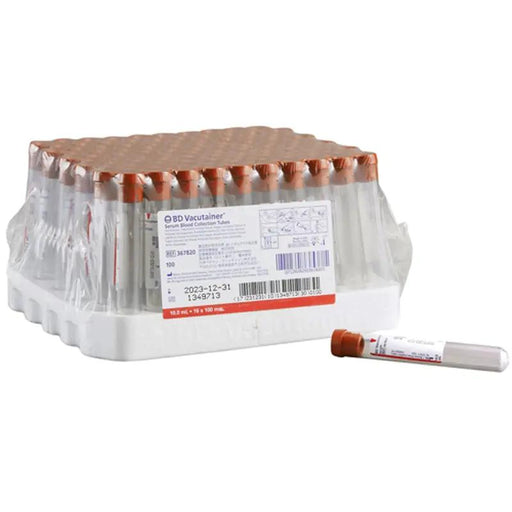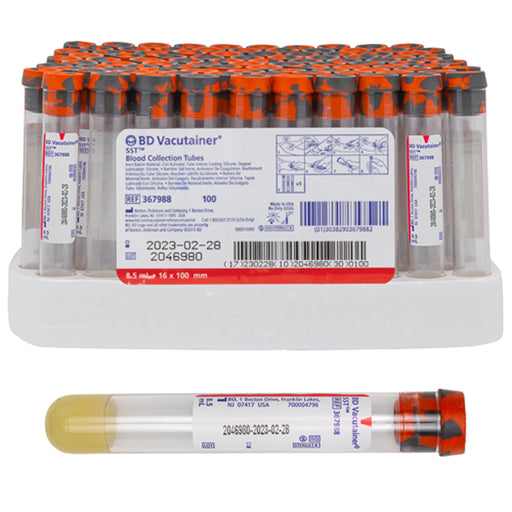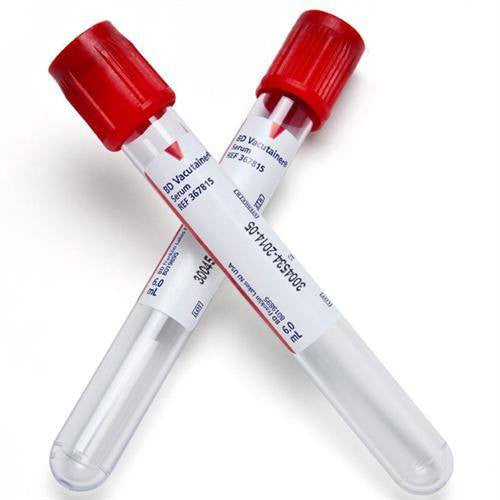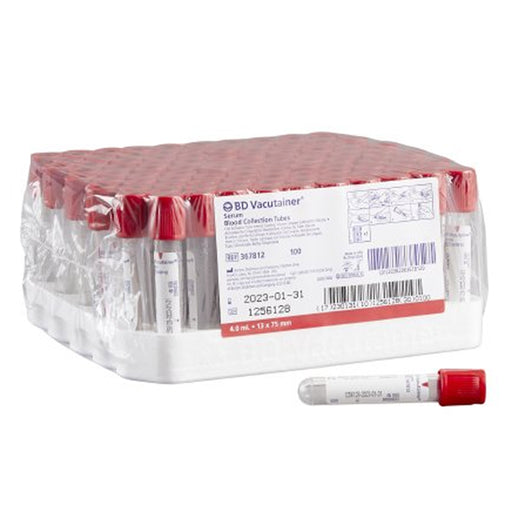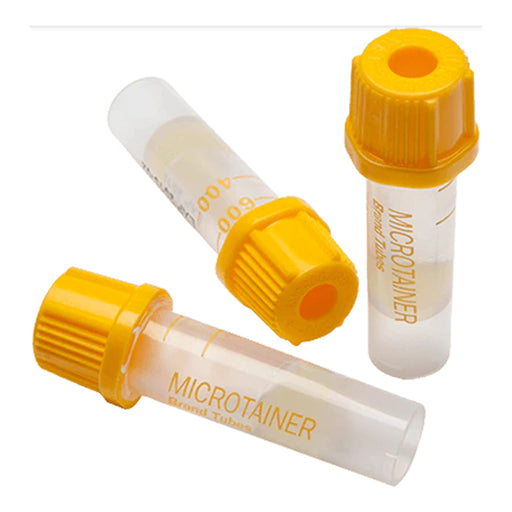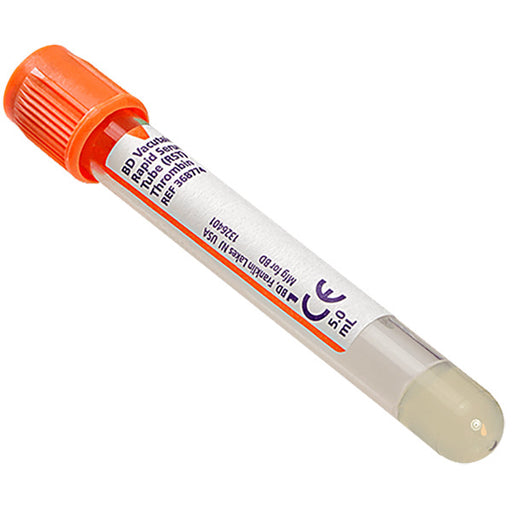Upgrade your laboratory’s efficiency and precision with our Serum Blood Collection Tubes, the gold standard in clinical laboratories, hospitals, and diagnostic centers for serum sample collection. Engineered with advanced vacuum technology, these vacutainer tubes provide optimal blood specimen integrity, enhanced serum separation, and highly reliable test results for all pathology and biochemistry needs.
Key Features & Benefits:
- Superior Serum Separation: Our collection tubes
guarantee a clean, unclotted serum sample by utilizing a silica particle
additive, facilitating efficient clot formation for ultra-clear serum
extraction. - Universal Application: Ideal for a wide range of
laboratory blood tests including clinical chemistry, serology,
immunology, and other high-accuracy serum assays. - Accurate & Contamination-Free: Vacuum-sealed for safe, easy blood collection while preserving specimen fidelity and avoiding cross-reactivity or hemolysis.
- Compatible with All Analyzers: Designed to work seamlessly with automated blood analyzers and manual extraction methods.
Get the industry’s best serum collection tubes for superior results—trusted by medical experts, certified labs, and health professionals worldwide. Improve your diagnostics and laboratory workflow with our top-rated, reliable, and accurate blood collection tubes for serum.


